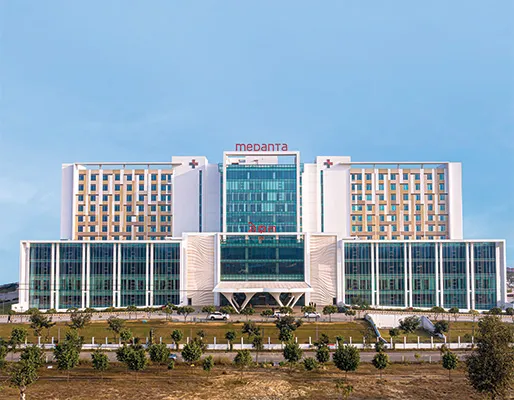Introduction
Sinus problems can significantly impact daily life, causing congestion, headaches, facial pain, and difficulty breathing. When medical treatments fail to provide relief, Functional Endoscopic Sinus Surgery (FESS) is a minimally invasive procedure that can help. FESS has revolutionized sinus surgery by improving precision, reducing recovery time, and enhancing patient outcomes. In this blog, we’ll explore FESS, its benefits, procedure, recovery, and why it might be the right solution for you.
What is Functional Endoscopic Sinus Surgery (FESS)?
FESS is a minimally invasive surgical procedure designed to restore normal sinus drainage and function. It involves using an endoscope, a thin, flexible tube with a camera, to navigate and treat blocked sinuses. Unlike traditional sinus surgery, FESS avoids external incisions, making it a safer and more effective option for chronic sinus sufferers.
Who Needs FESS?
FESS is recommended for patients with:
- Chronic Sinusitis: Inflammation lasting more than 12 weeks despite medication.
- Recurrent Sinus Infections: Multiple sinus infections each year.
- Nasal Polyps: Non-cancerous growths blocking nasal passages.
- Deviated Septum: If it contributes to chronic sinus issues.
- Sinus Tumors or Fungal Sinusitis: Where surgical intervention is necessary.
Patients who fail to respond to medications, including antibiotics, nasal steroids, and antihistamines, may benefit from FESS.
Benefits of FESS
FESS offers several advantages over traditional sinus surgery:
- Minimally Invasive: No external cuts, reducing scarring and discomfort.
- Faster Recovery: Less tissue disruption leads to quicker healing.
- Improved Sinus Drainage: Opens blocked passages, allowing normal airflow.
- Reduced Risk of Infection: Enhances natural sinus function, lowering infection risks.
- Better Quality of Life: Eases breathing, improves sleep, and reduces headaches.
The FESS Procedure: Step-by-Step
- Pre-Surgery Evaluation
- A thorough ENT examination, including nasal endoscopy and CT scan, is performed to assess sinus anatomy and blockage severity.
- Anesthesia
- The surgery is usually done under general anesthesia, but local anesthesia with sedation may also be an option.
- Surgical Process
- The surgeon inserts the endoscope into the nostrils to visualize the sinuses.
- Small surgical instruments are used to remove obstructions, such as polyps, swollen tissue, or bony structures causing blockages.
- The goal is to open the natural drainage pathways and restore normal airflow.
- Completion & Post-Surgical Care
- The procedure typically takes 1-2 hours.
- Patients are monitored and can usually go home the same day.
Post-Operative Recovery & Care
Recovery after FESS is generally quick, but proper care is essential for optimal healing:
Immediate Post-Surgery Care:
- Patients may experience mild nasal congestion, bleeding, or discomfort.
- Nasal packing (if used) is typically removed within a few days.
- Breathing improves significantly within 1-2 weeks.
Dos and Don’ts After FESS: ✅ Use saline nasal sprays to keep sinuses moist and aid healing.
✅ Take prescribed antibiotics and pain relievers as directed.
✅ Rest and avoid strenuous activities for at least a week.
✅ Follow up with your ENT specialist for post-operative check-ups.
🚫 Avoid blowing your nose forcefully for at least a week.
🚫 Steer clear of smoking and allergens that can irritate healing tissues.
🚫 Refrain from heavy lifting or bending to prevent pressure on sinuses.
When to Contact Your Doctor
While complications are rare, seek medical attention if you experience:
- Persistent heavy bleeding.
- High fever or severe facial pain.
- Vision changes or swelling around the eyes.
- Excessive nasal discharge with a foul smell.

